When Cultural Celebrations Meet Corporate Desperation
Welcome to 2025, where Chinese festivals aren't just cultural events – they're marketing battlegrounds where brands either emerge victorious or slink away with their digital tails between their legs. With a staggering $87.5 billion in consumer spending up for grabs, these festivals are the Super Bowl, World Cup, and Olympics of marketing all rolled into one giant dumpling of opportunity.
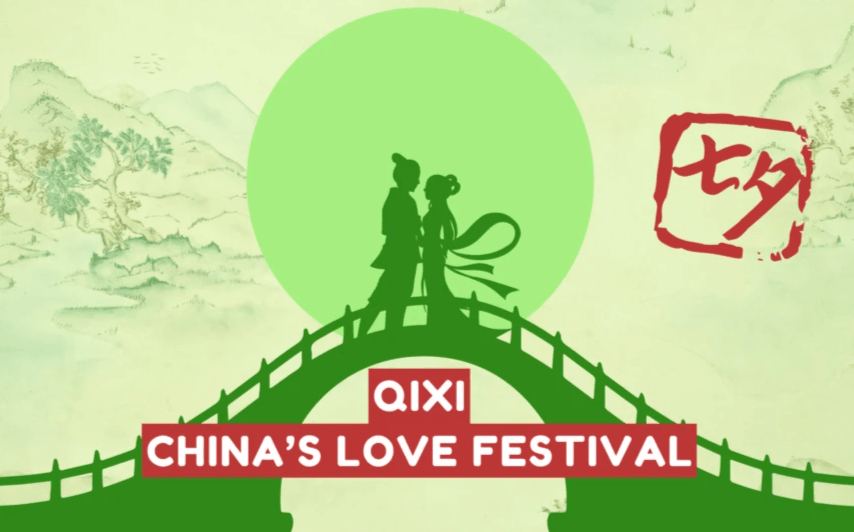
The Numbers That Will Make Your CFO Either Laugh or Cry
- Total Consumer Spending: $87.5 billion (roughly the GDP of some small countries)
- Digital Engagement Rate: 92% (because the other 8% were probably asleep)
- Mobile Shopping Penetration: 85% (thumbs have never been more valuable)
- Average Festival Spending Per User: $380 (about the cost of one luxury mooncake gift box or 380 packages of instant noodles)
- Social Media Amplification: 3.6x normal rates (like your content on steroids, but legal)
The Seven Festivals That Will Make or Break Your Annual Bonus
1. Lunar New Year (春节): Where Wallets Open Wider Than Family Conversations
Festival Stats:
- Date: January 25-February 5, 2025
- Duration: 15 days (which feels like 15 years for marketers)
- Consumer Spending: $32.5 billion (equivalent to buying everyone in Australia a nice dinner)
- Digital Engagement: 98% (the remaining 2% were probably grandparents who still think WeChat is some kind of bird)
What You're Really Selling:
Not products, but the dream of impressing relatives who've been judging you since birth. Brands that understand this psychological warfare will win.
How to Not Embarrass Yourself:
- Create digital red packets that make people feel special instead of like they're getting digital pocket change
- Tell stories that make family members cry happy tears instead of arguing about politics
- Remember that gifting is less about what people want and more about what will make them look good to others
Digital Innovations That Actually Work:
- AI gift recommendations that understand the complex politics of Chinese family dynamics ("No, don't get that for your mother-in-law unless you want to sleep on the couch")
- AR experiences that let people pretend they're actually enjoying family time
- Digital greeting cards sophisticated enough to convince relatives you spent more than 30 seconds on them
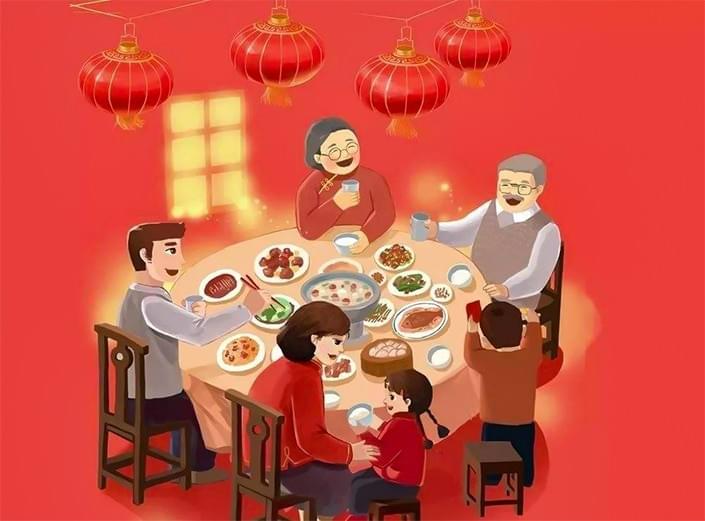
2. Double 11 Shopping Festival (双11): The Olympics of Clicking "Buy Now"
Festival Stats:
- Date: November 11, 2025
- Duration: 11 days (extended from 1 day because money)
- Consumer Spending: $25.6 billion (roughly how much Jeff Bezos finds in his couch cushions)
- Digital Engagement: 95% (the other 5% had their credit cards confiscated by concerned family members)
What You're Really Selling:
The adrenaline rush of getting a deal so good it feels like legal theft. The dopamine hit of watching those checkout numbers drop is more addictive than any substance known to science.
How to Not Embarrass Yourself:
- Discounts so aggressive they border on financial self-harm
- Livestream shopping experiences featuring influencers who could sell ice to polar bears
- Shopping games more addictive than the most popular mobile games
- Influencer partnerships with people whose followers would buy concrete if they recommended it
Tech That Separates Winners From Losers:
- Real-time price tracking that creates more anxiety than a horror movie
- AI recommendation engines that know what you want before your conscious mind does
- "Buy now" buttons so frictionless they should come with a financial warning
- Shopping journeys more personalized than your therapist's advice
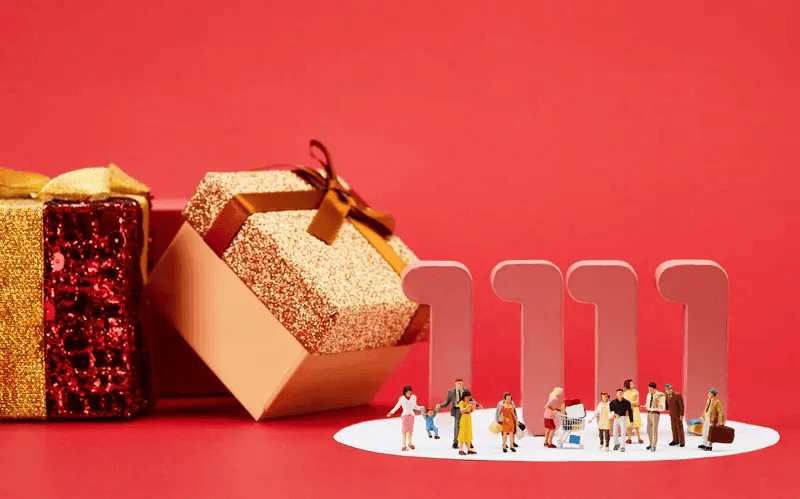
3. Dragon Boat Festival (端午节): Cultural Authenticity (Or At Least The Appearance Of It)
Festival Stats:
- Date: June 10, 2025
- Duration: 3 days (mercifully short for marketing teams)
- Consumer Spending: $8.7 billion (the price of cultural connection)
- Digital Engagement: 85% (lower because some people are actually outside racing dragon boats)
What You're Really Selling:
The feeling of cultural connection for those too busy scrolling through their phones to actually learn about their heritage.
How to Not Embarrass Yourself:
- Take traditional products and make them just modern enough to be interesting but not so modern they trigger cultural outrage
- Tell stories about Chinese culture that don't make actual Chinese historians weep
- Position your brand as the bridge between tradition and modernity (even if your company was founded last Tuesday)
- Create community engagement that feels less corporate than a mandatory fun day at work
Innovations That Won't Get You Canceled:
- AR experiences that teach cultural traditions without requiring actual effort
- Digital zongzi creators that let people pretend they know how to make traditional food
- Historical storytelling that doesn't butcher actual history
- Cultural mini-games that are educational enough to mention to your parents but fun enough that people actually play them

4. Mid-Autumn Festival (中秋节): Emotional Manipulation as a Service
Festival Stats:
- Date: September 17, 2025
- Duration: 3 days (72 hours of concentrated sentimentality)
- Consumer Spending: $6.9 billion (the cost of emotional connection)
- Digital Engagement: 88% (the remaining 12% were actually enjoying the moon without posting about it)
What You're Really Selling:
The illusion of family harmony and togetherness in an era where everyone is staring at their phones even during reunions.
How to Not Embarrass Yourself:
- Family messaging that makes people feel guilty enough to buy your product
- Storytelling so emotional it would make a robot cry
- Gift experiences that say "I care enough to let an algorithm pick something for you"
- Cultural symbols used in ways that won't make traditional scholars write angry articles about you
Digital Techniques That Extract Tears (and Yuan):
- AI content generators specialized in emotional manipulation
- Virtual family gathering platforms for people who can't be bothered to travel
- Digital mooncake customization (because nothing says "I love you" like a pastry with your face on it)
- Nostalgic narratives that make people remember a past that never actually existed but feels good anyway
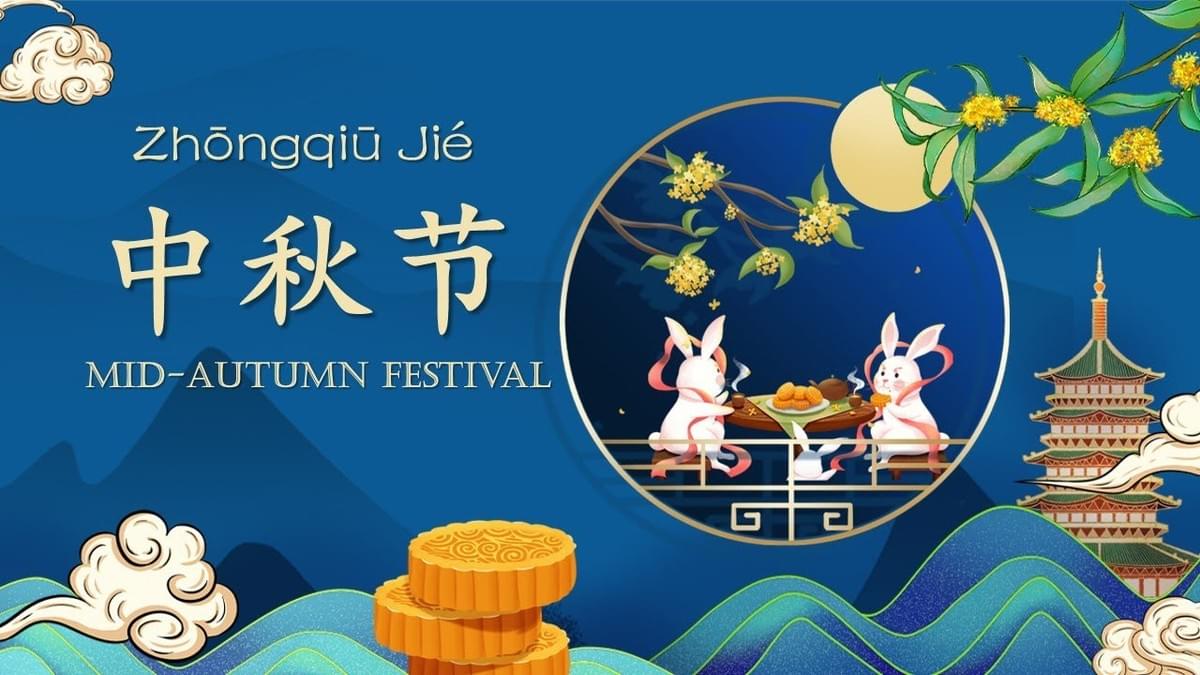
5. Qixi Festival (七夕节): Making Singles Feel Bad and Couples Spend More
Festival Stats:
- Date: August 23, 2025
- Duration: 1 day (24 hours of romantic pressure)
- Consumer Spending: $5.4 billion (the price of love, apparently)
- Digital Engagement: 92% (the other 8% were on actual dates)
What You're Really Selling:
The fear of romantic failure. Singles buy to feel less alone, couples buy to avoid being seen as unromantic, and everyone feels slightly manipulated.
How to Not Embarrass Yourself:
- Romantic experiences that cost more than a monthly salary but are presented as "priceless"
- Gift strategies that suggest not buying them might result in relationship termination
- Technology that promises to make romantic gestures easier (because nothing says "I love you" like outsourcing romance to an app)
- Social media campaigns designed to make people feel like their relationship is inadequate
Innovations That Monetize Emotions:
- AI romantic recommendations from algorithms that understand human love about as well as a houseplant
- Digital tokens that try to quantify the unquantifiable feeling of love
- AR date simulations for people too busy working to have actual relationships
- Marketing that uses emotional intelligence the way a sledgehammer uses subtlety
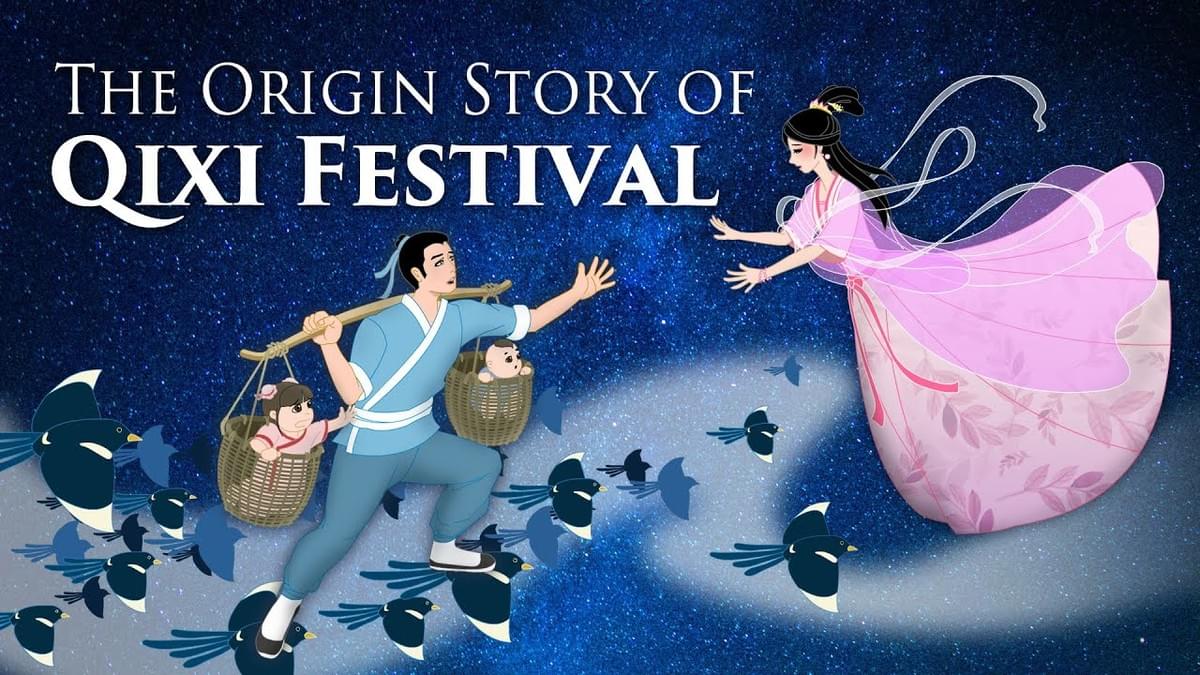
6. Tomb-Sweeping Festival (清明节): Monetizing Filial Piety Without Seeming Ghoulish
Festival Stats:
- Date: April 5, 2025
- Duration: 3 days (72 hours of respectful commercialization)
- Consumer Spending: $4.2 billion (the price of remembrance)
- Digital Engagement: 80% (lowest on the list because some traditions still resist digitization)
What You're Really Selling:
A way to respect ancestors without the inconvenience of actually visiting graves. The digital equivalent of calling your grandparents instead of visiting.
How to Not Embarrass Yourself:
- Position your brand respectfully (while still shamelessly selling products)
- Tell emotional stories that don't cross the line into exploiting grief
- Create community initiatives that cost your company little but generate goodwill
- Practice cultural sensitivity while figuring out how to turn remembrance into revenue
Digital Techniques That Walk the Fine Line:
- Virtual memorial platforms that digitize tradition (because nothing honors ancestors like a virtual reality experience)
- AI-generated tributes that do the emotional heavy lifting for you
- Brand narratives that connect your product to timeless values (even if your company was founded by venture capitalists last year)
- Cultural preservation marketing that positions buying your product as practically a patriotic duty
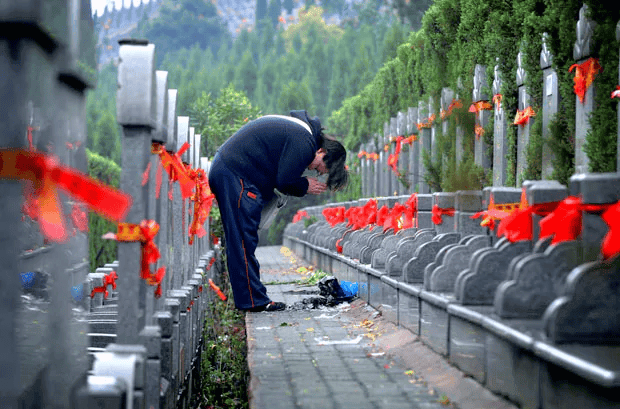
7. National Day Golden Week (国庆节): Patriotic Purchasing as Civic Duty
Festival Stats:
- Date: October 1-7, 2025
- Duration: 7 days (a week of nationalistic shopping)
- Consumer Spending: $15.6 billion (the price of patriotism)
- Digital Engagement: 90% (the other 10% were stuck in Golden Week traffic)
What You're Really Selling:
The idea that consumption equals patriotism. Buy this product = love your country. Simple math!
How to Not Embarrass Yourself:
- Align your brand with national pride without crossing into political territory that could get you in trouble
- Tell stories about China that Chinese censors would approve of
- Market travel experiences to people who will mostly be stuck in traffic or crowds
- Celebrate culture in ways that are approved by the appropriate authorities
Digital Patriotism That Sells:
- Virtual travel experiences for people who are too smart to actually travel during the world's largest human migration
- AI-powered content that generates perfectly safe patriotic messaging
- AR national celebrations that let people feel patriotic from the comfort of their couch
- Brand collaborations that wrap products in the flag (metaphorically) to boost sales
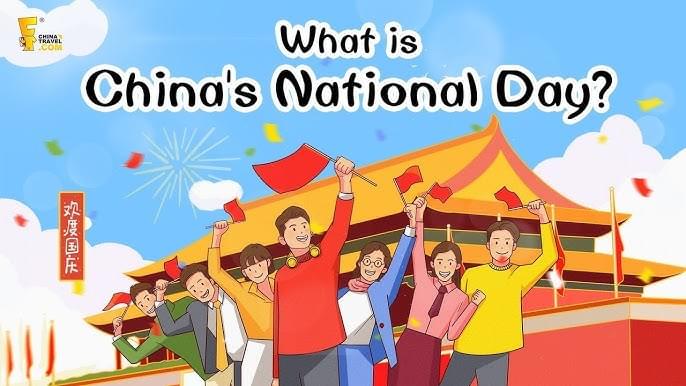
Strategic Considerations (Or How Not to Fail Spectacularly)
The Five Pillars of Not Getting Fired
- Cultural Intelligence: Know enough about Chinese culture to not create an international incident with your marketing campaign.
- Technological Adaptability: The platform you've mastered today will be obsolete by the time you finish reading this sentence.
- Emotional Resonance: Chinese consumers can smell inauthentic sentiment like sharks detect blood in water.
- Personalization: If you're not tracking at least 500 data points per customer, are you even marketing in China?
- Continuous Learning: The only constant is change, and in Chinese digital marketing, change happens at the speed of light squared.
The Future: Where We're Going, We Don't Need Traditional Marketing
Future of Festival Marketing
- AI-Powered Personalization: Soon AI will know customers better than they know themselves, which is only slightly terrifying.
- AR Experiences: Creating virtual experiences so compelling that people forget they're not actually doing anything.
- Emotional Intelligence Marketing: Using algorithms to manipulate emotions more effectively than any human psychologist could dream of.
- Hyper-Personalized Consumption: Products so tailored to individual preferences that they border on mind reading.
- Cross-Cultural Digital Narratives: Stories that manage to be authentically Chinese while still appealing to universal human desires like status, connection, and not wanting to feel left out.
Conclusion: May The Odds Be Ever In Your Favor
Chinese festival marketing isn't just a game—it's the ultimate game where the rules change constantly, the players are increasing exponentially, and the stakes involve billions of dollars and potentially your entire career.
Remember: in the world of Chinese festival marketing, you're either innovating or evaporating. There is no middle ground. Now go forth and sell some mooncakes or whatever product you've convinced yourself the Chinese market desperately needs!